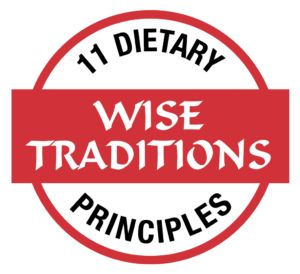Diet! Who can make sense of it? Some say vegan, others say carnivore. High carb or low carb? It can get pretty confusing out there.
One thing most don’t realise is that we’re all a bit different. One may thrive on this diet, another does better on a different diet. So how can we figure out which suits us best?
Luckily, there are many principles that help. These were figured out by Weston Price, about a century ago. Of course, he wasn’t the only one to do this, but his work is very comprehensive and easy to apply.
He travelled the world for a decade, seeing what traditional peoples around the world ate to thrive, before they were sucked into artificial processed foods that became increasingly common since then.
If traditional food was so good, why did artificial food take over? Because it’s cheap, and tasted good, even though they didn’t offer much nutrition: sugars, artificial fats, chemicals, preservatives, etc.
Even worse, they were profitable, and fed people, even if not very well. Suddenly, food became about profit rather than nutrition. And that’s when it really started going downhill.
Luckily, by following a few simple principles that Weston Price came up with, we can regain our health, without breaking the bank.

1 – The diets of healthy, nonindustrialized peoples contain no refined or denatured foods or ingredients, such as refined sugar or high fructose corn syrup; white flour; canned foods; pasteurized, homogenized, skim or lowfat milk; refined or hydrogenated vegetable oils; protein powders; synthetic vitamins; or toxic additives and artificial colorings.
2 – All traditional cultures consume some sort of animal food, such as fish and shellfish; land and water fowl; land and sea mammals; eggs; milk and milk products; reptiles; and insects. The whole animal is consumed—muscle meat, organs, bones and fat, with the organ meats and fats preferred.
3- The diets of healthy, nonindustrialized peoples contain at least four times the minerals and water-soluble vitamins, and TEN times the fat-soluble vitamins found in animal fats (vitamin A, vitamin D and Activator X, now thought to be vitamin K2) as the average American diet.
4 – All traditional cultures cooked some of their food but all consumed a portion of their animal foods raw.
5 – Primitive and traditional diets have a high content of food enzymes and beneficial bacteria from lactofermented vegetables, fruits, beverages, dairy products, meats and condiments.
6 – Seeds, grains and nuts are soaked, sprouted, fermented or naturally leavened to neutralize naturally occurring anti-nutrients such as enzyme inhibitors, tannins and phytic acid.
7 – Total fat content of traditional diets varies from 30 percent to 80 percent of calories but only about 4 percent of calories come from polyunsaturated oils naturally occurring in grains, legumes, nuts, fish, animal fats and vegetables. The balance of fat calories is in the form of saturated and monounsaturated fatty acids.
8 – Traditional diets contain nearly equal amounts of omega-6 and omega-3 essential fatty acids.
9 – All traditional diets contain some salt.
10 – All traditional cultures make use of animal bones, usually in the form of gelatin-rich bone broths.
11 – Traditional cultures make provisions for the health of future generations by providing special nutrient-rich animal foods for parents-to-be, pregnant women and growing children; by proper spacing of children; and by teaching the principles of right diet to the young.
This link summarises them in graphic form, for easy reference.
https://www.westonaprice.org/11-principles-overview/
You don’t need to apply all these right away, just make steady changes in the right direction.
Your body will thank you for it. There is NOTHING that cannot heal with good nutrition and habits!
